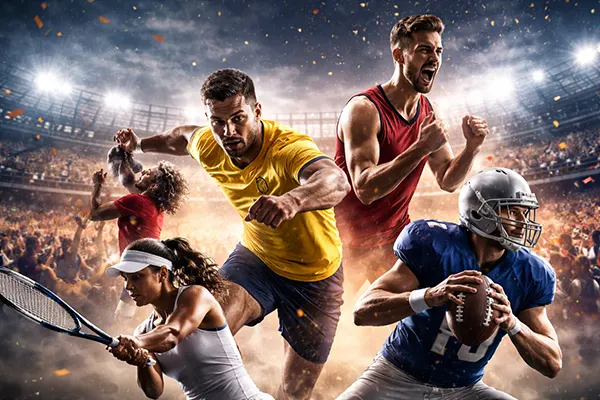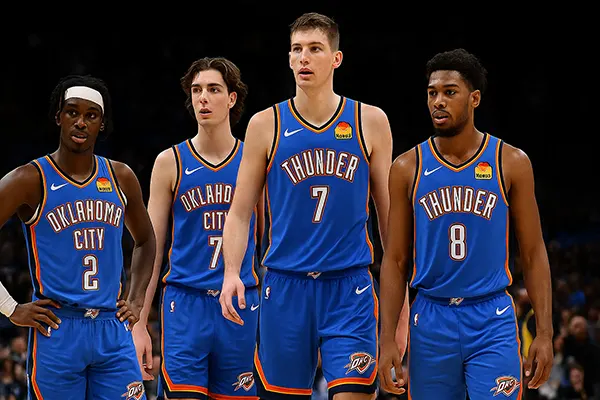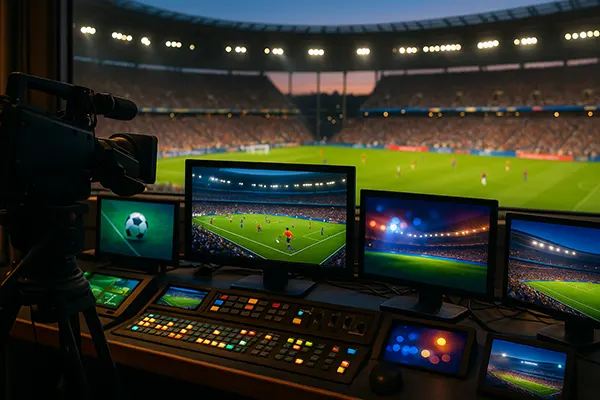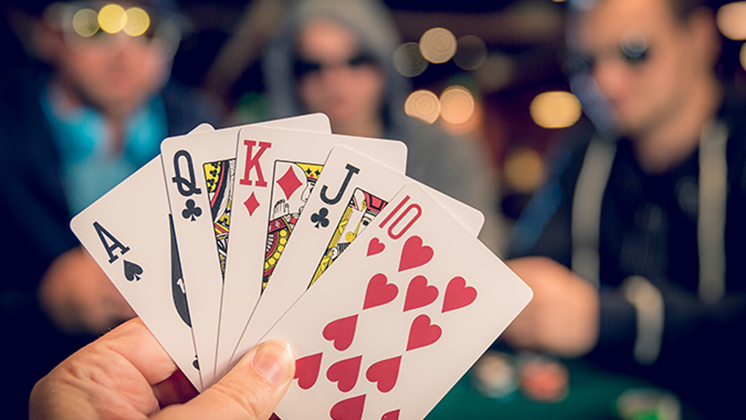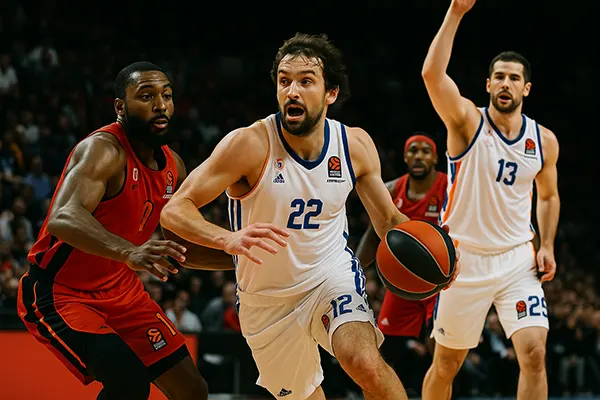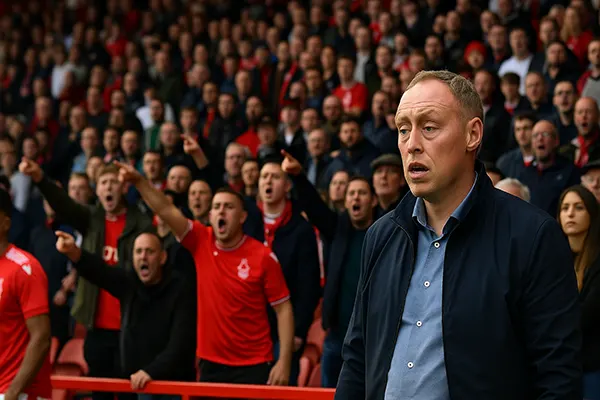Nine Years Ago, Paul George Suffered a Career-Defining Injury
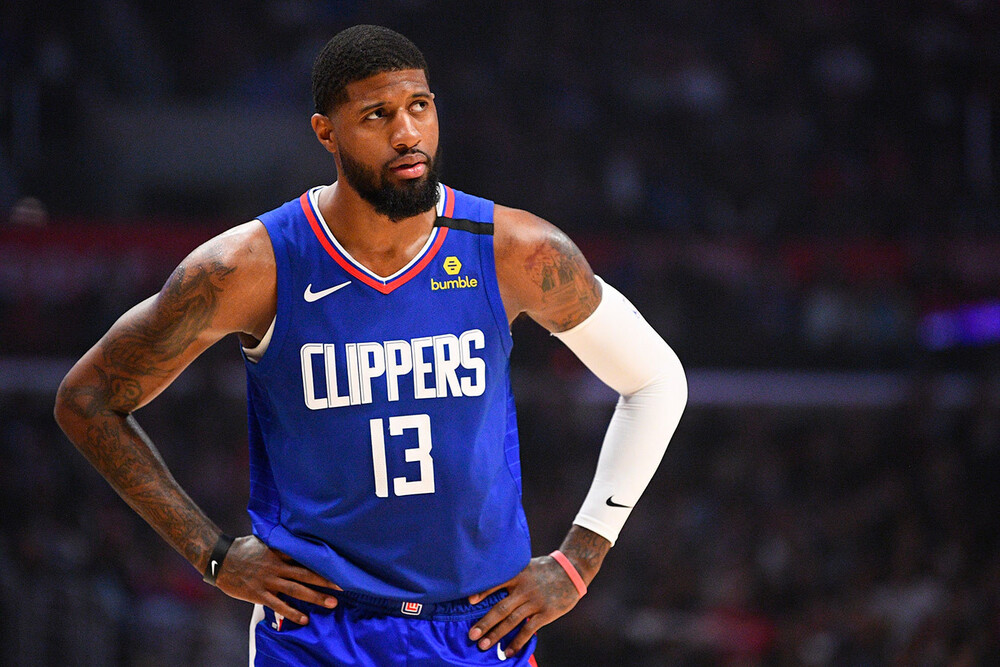
Nine years ago today, Paul George, then a rising star for the Indiana Pacers and the US national team, sustained one of the most gruesome injuries in basketball history. Even though it is a somber memory, it’s a testament to George’s resilience, as the potential abrupt end to his career that could have resulted from the incident is now hardly mentioned.
August 1, 2014, marked a USA team scrimmage in preparation for the World Championship in Spain. The ‘White’ team (Kevin Durant, Kyrie Irving, Damian Lillard, James Harden, and DeMarcus Cousins) faced off against the ‘Blue’ team (Derrick Rose, John Wall, Stephen Curry, Paul George, and Anthony Davis). This game, aired on television, was set to be the culmination of their training camp.
All eyes were on George at this time. A year prior, he had made his first appearance in the All-Star Game and was recognized as the NBA’s Most Improved Player. Additionally, he had just secured a maximum five-year extension from Indiana worth $90 million. His future seemed bright.
“Paul George is steadily becoming the leader of Team USA. He recently impressed Kevin Durant in a one-on-one game against reigning MVP James Harden. Tonight, the team’s training camp wraps up with a ‘Blue’ versus ‘White’ game, where all invited players will compete before the roster is trimmed down to 12.
Everyone in the team environment is impressed with George, and Team USA executives, including Jerry Colangelo and Coach K, have been monitoring PG’s growth since he joined the select team in 2012,” stated an American sports portal the day before the scrimmage. However, a haunting incident during the fourth quarter would end up overshadowing the game.
With 9:33 left on the clock, George and his ‘Blue’ team led with a double-digit advantage (81:71), when the ‘White’ team suddenly initiated a fast break for James Harden. George pursued Harden, launched into the air attempting to block the lay-up, and ended up crashing into the base of the stanchion. His foot hit the exact angle where the stanchion meets the court, causing his leg to buckle under his weight at a horrifying 90-degree angle.
George fell. For several long minutes, he laid silently under the basket, surrounded by the Team USA staff. His leg was quickly covered with a towel to shield viewers from the sight not typically shown on live television: George’s open fracture of the tibia and fibula.
Soon, a stretcher was brought onto the court. The crowd chanted George’s name as his distressed teammates prayed for him. It was reported that Kyrie Irving was visibly shaken and tearful in the arms of his father after the incident. Even George’s own parents, present in the arena, had to accompany him to the hospital.
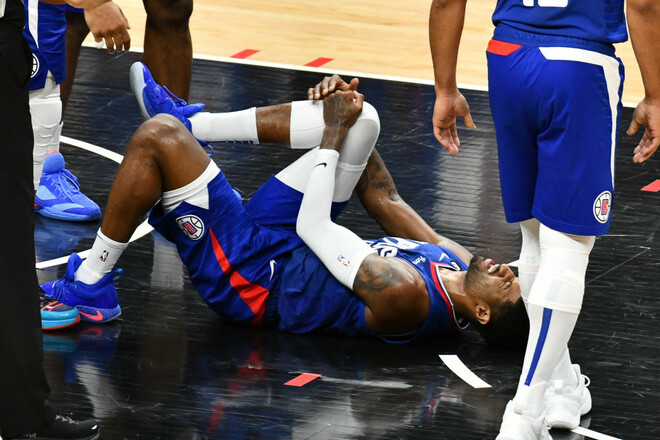
George was forced to undergo surgery – a titanium rod was inserted and screwed into his leg, a piece of hardware that would remain a part of him forever. “It’s part of me,” he said in an interview a year later.
George was often asked about the incident during that time, and here’s how he remembered that day:
“I didn’t block the shot, didn’t reach the ball. Then I fell. It was just awkward. I didn’t feel anything, but I couldn’t put my foot down. I thought, ‘Why can’t I stand up?’. Then I saw my bone. As soon as I saw the bone, I was disoriented and just fell flat.
The pain was intense. As soon as air touched the bone where the wound was open, my entire body was pierced by pain. Everything around me slowed down. I felt like I could hear every single person’s voice in the arena.
I thought I was invincible. I had fallen so many times, but always came out unscathed. I genuinely felt like nothing bad could ever happen to me on the court.”
That injury sent shockwaves through the basketball world. There was much speculation about how, and if, George’s career would continue. Few believed he would return to his previous level of performance – some even suggested that George might be relegated to a supporting role forever.
He was expected to miss the entire 2014/2015 season, but he approached his recovery with determination. By February 26, 2015, he held his first practice with Indiana. George returned to the court eight months post-injury, on April 5, 2015, in a regular-season game against Miami.
“It’s almost like being drafted again. Or stepping onto the court for the first time. Fans want to see their new player – it’s that same feeling.
I don’t want them to expect Paul George dropping 40–50 points. But I’m showing flashes of the old Paul George, and I’m working on my future self. And hopefully, that’s a far better Paul George than the one fans fell in love with. You just have to take that small step and keep moving forward,” the player said at the time.
And the very Paul George, who could score 40 points, was back in action during the 2015/2016 season, his first full one post-recovery. In fact, PG played even better than before his injury. He participated in 81 games, averaging 23.1 points, which at that time was his career-best. He also contributed seven rebounds, 4.1 assists, and 1.9 steals per game.
A year later, George left Indiana. He was traded to Oklahoma City, where he experienced a peak season in 2018/2019 and even ended up third in the MVP voting. After this, PG requested a trade from the Thunder and ended up with the Clippers, where he had the opportunity not just to play alongside Kawhi Leonard, but also to play in his home state of California.
Yes, since then, he has not played more than 56 games in a season. Why? There are several theories, from age to load management strategies in the Clippers, but none of them are linked to that dreadful injury from 2014.
Since his injury, George has:
- Won an Olympic Gold Medal with Team USA (2016),
- Made it to the All-Star Game six times (2016–2019, 2021, 2023),
- Made it to the NBA’s All-NBA First Team (2019),
- Made it to the All-NBA Third Team three times (2016, 2018, 2021),
- Made it to the All-Defensive First Team (2019) and Second Team (2016),
- Led the NBA season in steals (2019).
What’s happening with George now and what the future holds for him is a topic for another discussion. But the fact that he surpassed all expectations and reached his peak after such a severe injury is already history, and it’s a story with a happy ending.”

